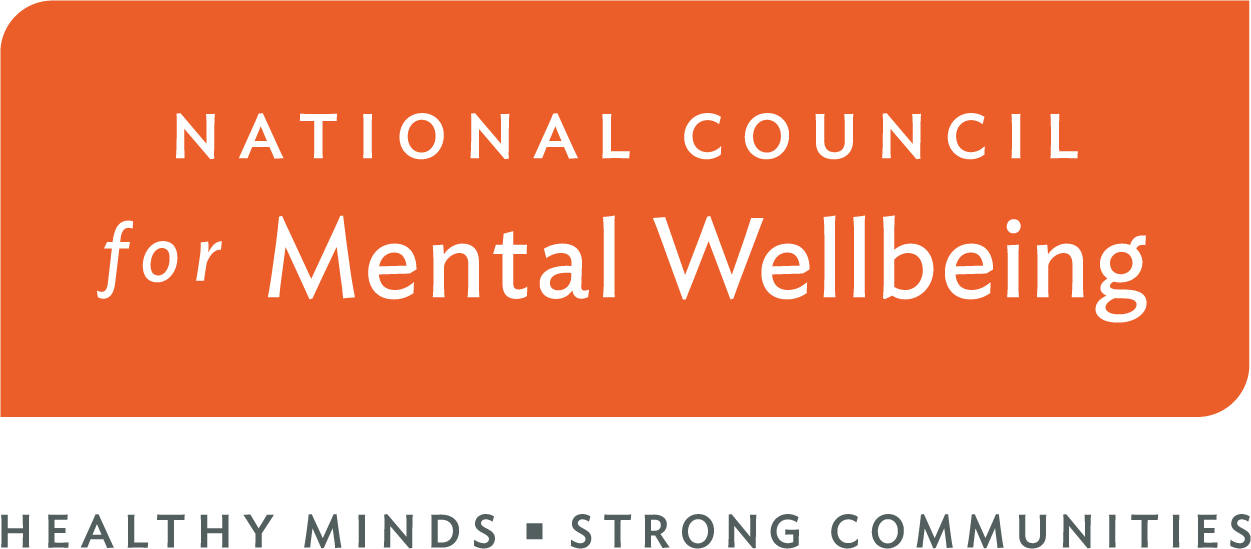When we transform our organizational cultures and communities to become trauma-informed, resilience-oriented and equity-focused, we frequently see organizations and communities start with the principle of safety. The easiest place to start is physical safety.
Although physical safety is a vital component of establishing a safe and secure environment, Sandra L. Bloom, M.D., reminds us that safety must also include “psychological, social and moral safety.” What do these terms mean? According to Bloom’s 2013 book “Creating Sanctuary,” psychological safety addresses the anxieties and fears of being able to take care of oneself; social safety refers to feeling safe in community and around others; and moral safety is being able to openly address hypocrisy that is present in explicit and implicit forms.
We need to recognize that breaches in physical safety generally do not occur until the other forms of safety have already been violated. For our workforce, and more importantly to our leaders, that means that to keep those we serve physically safe, we must understand the components of an environment that prioritizes psychological, social and moral safety.
Unfortunately, because of the COVID-19 pandemic, the health care workforce is experiencing incredibly high levels of stress and exhaustion that have permeated to their core. If we do not address all components of safety, we are at clear risk of our workforce burning out and leaving the field permanently.
The first step in addressing an issue is to clearly understand it. As we start to understand the impact of a socially and morally unsafe work environment, we begin to explore the outcome – moral injury and burnout. Bloom defines moral safety as the never-ending quest for understanding how organizations function in the healing process, including their attempts to reduce the hypocrisy that is present, both explicitly and implicitly, and creating a space to allow all to openly struggle with the issues of honesty and integrity.
In practical terms: Can individual providers address the discrepancies between the Hippocratic Oath and the choices they are asked to make daily with their clients, supervisees and personal families? We are asking people to choose between meeting increasing work demands and caring for their children and their educational needs. We are asking staff to manage public messages of condemnation for the science they rely on to do their work. We are asking staff to absorb personal attacks for their professional advice on a level we have never seen in our lifetime – all with longer hours, fewer resources and more personal demands.
We are now understanding the impact of being morally compromised and the different impact that injury has on us as humans. When we look at moral injury, we are not looking at a psychological disorder – it is a response to being morally compromised in one’s work or personal life.
The negative impacts of prolonged physical distancing and the moral dilemmas our workforce encounters daily on personal and professional levels have left staff experiencing incredibly high levels of emotional and professional burnout. It is incumbent upon all leaders and supervisors in the health care field to focus on creating morally safe environments to support our staff before we deplete our staff beyond repairable levels.
Guest Author
Director, Trauma-informed Services
National Council for Mental Wellbeing
